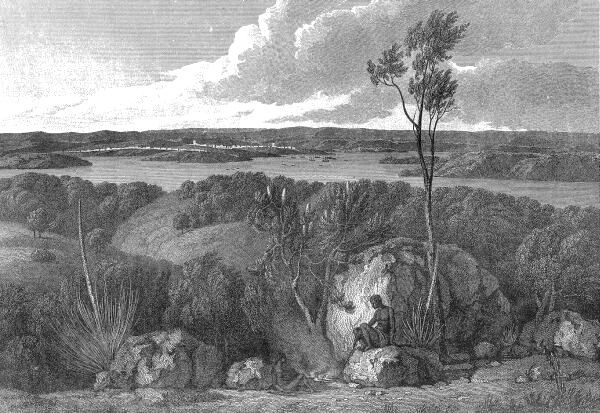Australia: The new continent: Australia: the New Continent
In this unit we will have a first look at some clauses you have surely heard about: relative clauses, which will be studied in depth in later topics. We will also analyse some structures which are frequently used in English to give emphasis to the message of the speaker, such as inversion in sentences. Don't worry if you do not know what we are talking about now. Not only will you be able to recognize them later in this topic, but you will also learn to use those sentences as soon as you have studied them in the following topics.
You have probaly also heard of multi-word verbs, haven't you? We will see what these verbs consist of and study some of the most frequently used ones.
Finally, we will study more vowel sounds and diphthongs in English. In particular, throughout the unit we will work on /u/ vs /u:/ and /au/ vs /ǝu/, respectively.
Let's warm up by reading something about the new country Paco is visiting, Australia.
Australia, the new continent1
 |
| By Global Gateway. Public domain |
The name Australia is derived from the Latin australis, which means "southern". Legends of an "unknown land of the south" (terra australis incognita) date back to Roman times and were commonplace in medieval geography but were not based on any documented knowledge of the continent.
The first recorded use of the word Australia in English was in 1625, in "A note of Australia del Espíritu Santo, written by Master Hakluyt", published by Samuel Purchas in Hakluytus Posthumus. The Dutch adjectival form Australische was used by Dutch East India Company officials in Batavia to refer to the newly discovered land to the south in 1638. Australia was used in a 1693 translation of Les Aventures de Jacques Sadeur dans la Découverte et le Voyage de la Terre Australe, a 1676 French novel by Gabriel de Foigny, who used the pen-name Jacques Sadeur to sign it. Alexander Dalrymple then used it in An Historical Collection of Voyages and Discoveries in the South Pacific Ocean (1771) to refer to the entire South Pacific region. In 1793, George Shaw and Sir James Smith published Zoology and Botany of New Holland, in which they wrote of "the vast island, or rather continent, of Australia, Australasia or New Holland". It also appeared on a 1799 chart by James Wilson.
 |
| By Alex Bakharev. Public domain |
The name Australia was popularised by Matthew Flinders, who, as early as 1804, pushed for the name to be formally adopted. When preparing his manuscript and charts for his 1814 A Voyage to Terra Australis, he was persuaded by his patron Sir Joseph Banks to use the term Terra Australis as this was the name most familiar to the public. Flinders did so, but allowed himself the footnote:
"Had I permitted myself any innovation on the original term, it would have been to convert it to Australia; as being more agreeable to the ear, and an assimilation to the names of the other great portions of the earth."
This is the only occurrence of the word Australia in that text; but in Appendix III, Robert Brown's General remarks, geographical and systematical, on the botany of Terra Australis, Brown makes use of the adjectival form Australian throughout, this being the first known use of that form. Despite popular conception, the book was not instrumental in the adoption of the name: the name came gradually to be accepted over the following ten years. Lachlan Macquarie, a Governor of New South Wales, subsequently used the word in his dispatches to England, and on 12 December 1817 recommended to the Colonial Office that it be formally adopted. In 1824, the Admiralty agreed that the continent should be known officially as Australia.
1 Adapted from Wikipedia.org
Answer the following questions:
1. According to the text, did the word Australia first appear in a Roman document?
2. According to the text, was the name Australia immediately accepted from Flinders's A Voyage to Terra Australis on?
 |
Verdadero Falso
Verdadero Falso
Verdadero Falso
Remember to ask Mike any word, phrase or sentence you aren't sure how to pronounce, he will help you! Come back whenever you need him!
 |
| http://text-to-speech.imtranslator.net |